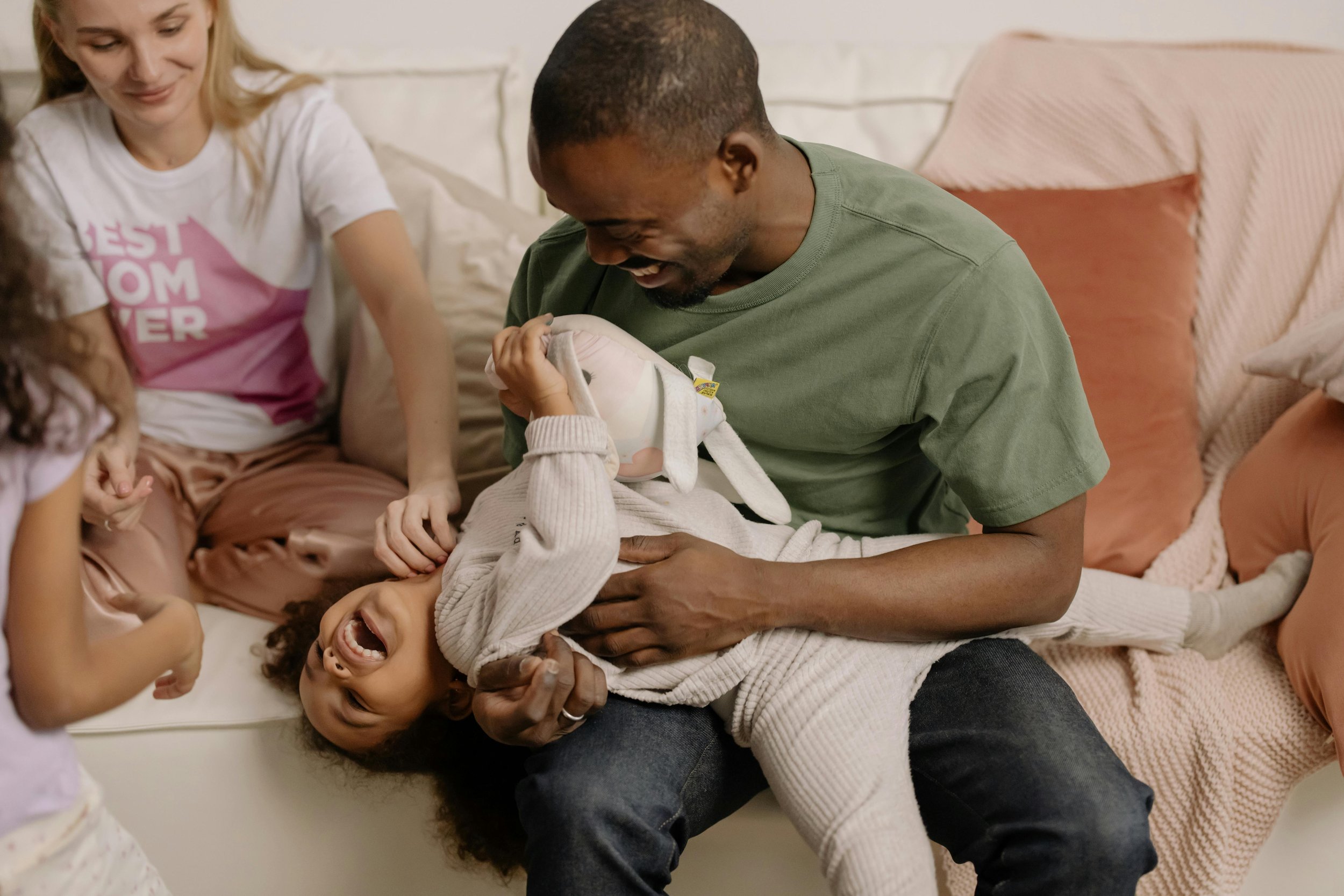Held and Heard: How Emotional Attachment Shapes the Brain
How Early Connection Shapes Neural Development and Emotional Safety
We often think of attachment as something that starts when a baby is born — but the truth is, it begins before birth. From the womb to early childhood, a child’s brain is shaped by the emotional environment of the caregiver. The more connected and supported that environment is, the more securely the brain wires for safety, learning, and relationships.
Let’s explore how attachment, the Seven Essential Needs, and neural development are all connected.
What Is Attachment?
Attachment is the emotional bond formed between a child and their primary caregiver — usually a parent. This bond becomes the blueprint for how a child:
Feels safe (or unsafe)
Connects to others
Regulates emotions
Interprets the world around them
And underneath that bond? Is the brain.
The Brain-Body Connection Starts Before Birth
The developing brain is shaped by everything in the womb:
Mom’s stress levels
Nutritional and hormonal patterns
Safety and emotional regulation
If a mother is in chronic survival mode — overwhelmed, unsupported, traumatized, or experiencing emotional shutdown — that stress doesn’t just affect her.
Her baby’s brain begins to wire itself for danger instead of connection.
This is not because of “bad parenting” — it’s biology.
The baby’s nervous system absorbs the emotional tone of its environment, including the heartbeat rhythms, chemical signals, and energy patterns of the mother. When emotional stress or trauma isn’t addressed during pregnancy or birth, it can disrupt the development of core brain regions like:
The brainstem (responsible for survival and regulation)
The amygdala (emotional response center)
The prefrontal cortex (executive function and self-awareness)
The Seven Essential Needs and Attachment
Every child (and every adult) has 7 core needs that fuel healthy brain development:
Stability: Felt safety in the body, predictability, regulation (GABA)
Connection: Bonding, touch, and emotional closeness (Oxytocin)
Acceptance: Feeling seen, heard, and emotionally understood (Serotonin)
Value: Knowing “I matter” without needing to perform (Glutamate)
Honesty: Safe expression of feelings and truth (Oxytocin, Dopamine)
Clarity: Clear communication, guidance, and expectations (Aceycholine)
Trust: Secure confidence in caregivers and in oneself (Glucose)
When a caregiver meets these needs consistently, the child develops a secure attachment style and the brain wires for trust, flexibility, and emotional resilience.
But when these needs are missing — even unintentionally due to stress, trauma, or overwhelm — the child’s brain is forced to adapt through protective patterns.
How Attachment Styles Reflect Unmet Needs
Attachment styles develop as the brain's way of navigating relationships based on how safe or unsafe it felt early on. When caregivers were consistently warm, emotionally available, and attuned, children typically develop a secure attachment. When caregivers were unpredictable, emotionally distant, or overwhelmed themselves, the brain may develop more anxious, avoidant, or disorganized attachment styles as a form of protection.
These patterns are not flaws — they’re adaptations. The brain did what it had to do to survive emotionally.
How to Shift Attachment Patterns and Support the Brain
Healing begins when we meet the needs that were previously unmet — in ourselves and in our children. That might include:
Regulating the nervous system through affirmations, journaling, other brain-based tools
Building safe, emotionally present relationships
Practicing self-awareness and emotional honesty
Offering clarity, consistency, and connection in daily routines
Reparenting your own inner world with kindness instead of shame
One of the most incredible things about the brain is its ability to adapt and change to its circumstances. That means your story isn’t locked in — whether you’re healing as a parent, an adult, or helping a child rewire for safety.
Final Thoughts: Your attachment style isn’t your identity.
It’s a pattern — shaped by early experience, but absolutely changeable with intention and support. Whether you’re a mom navigating your child’s emotions, an adult healing your own stress response, or a practitioner supporting others… understanding attachment is a powerful first step. It gives you a map. It helps you see what’s missing — and what’s possible to rebuild.
You’re not stuck. You’re just learning what your brain was trying to protect you from — and finally giving it what it needed all along.
